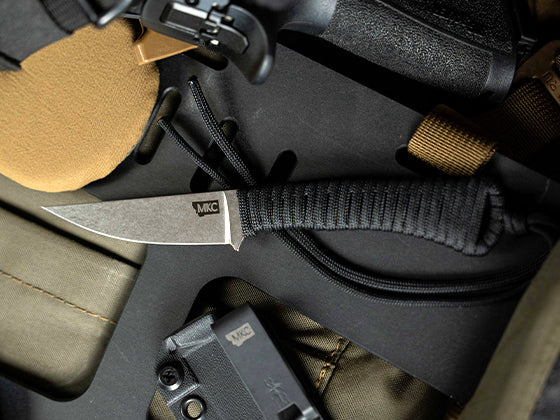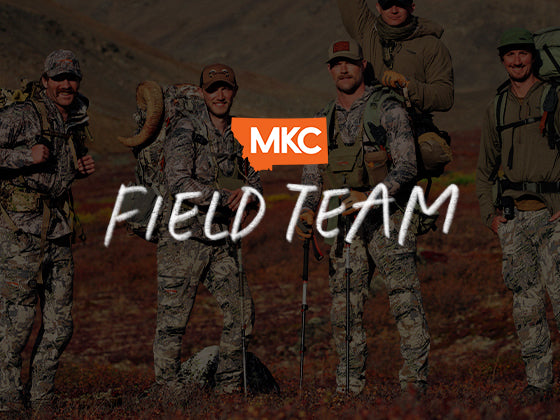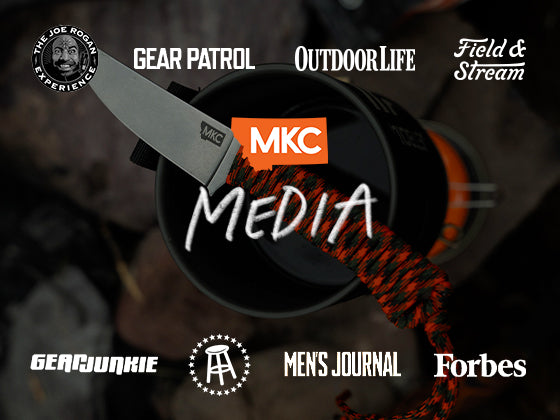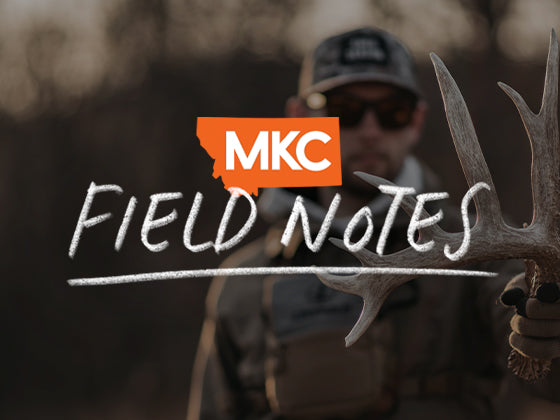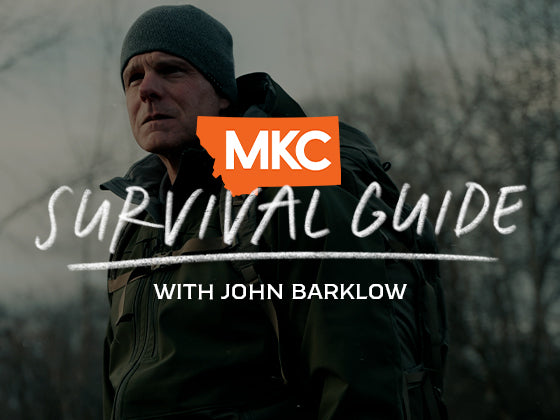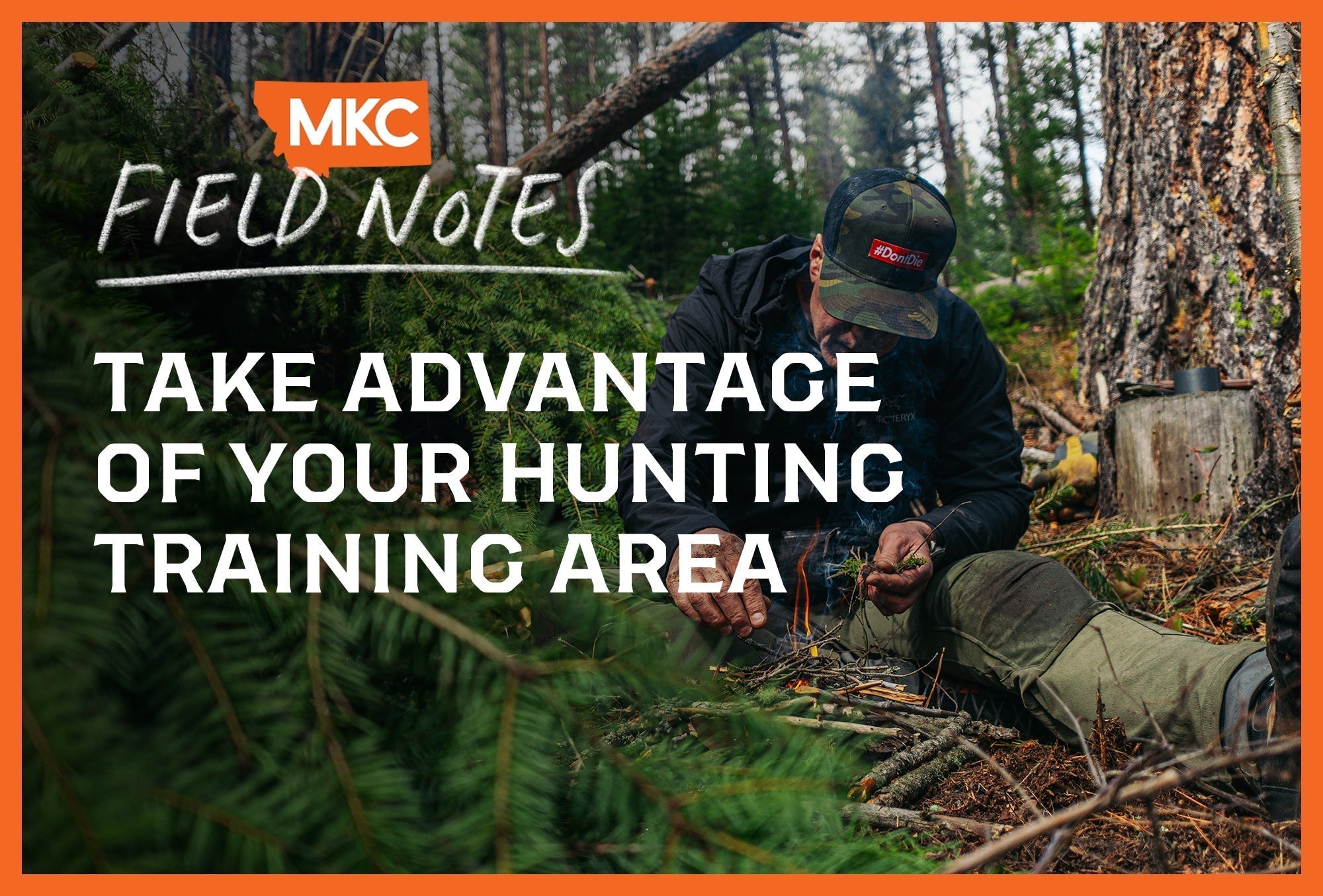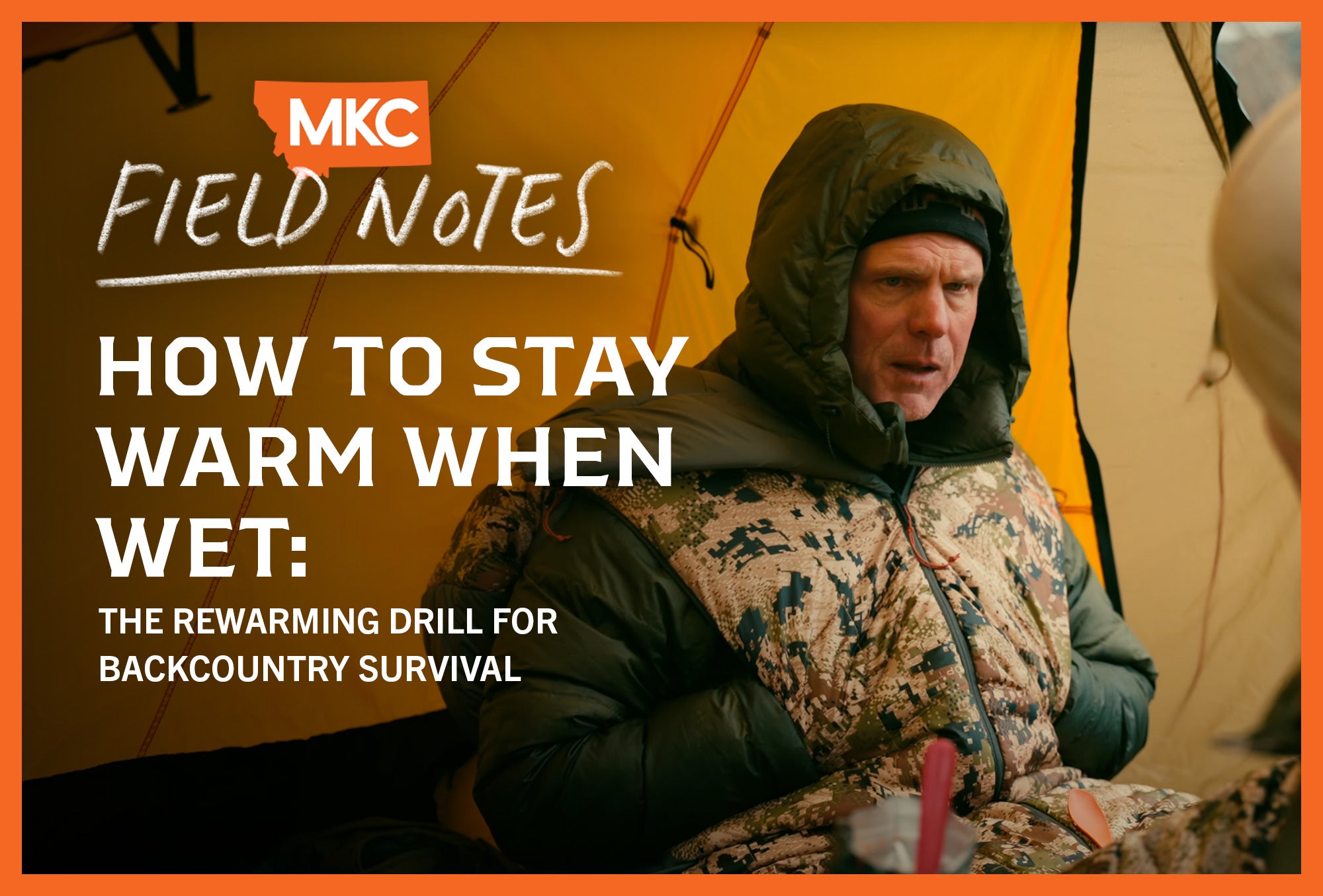Most backcountry travelers rely on phones and satellite communicators. But experienced outdoorsmen know that primitive survival signaling methods come in clutch when electronic devices fail. Water damage, battery depletion, and impact damage happen precisely when communication is most critical.
Essential Survival Signaling Equipment
Your electronic devices work until they don’t. I’ve heard too many stories in which modern technology leaves a hiker or hunter stranded.
That’s why these three basic survival signaling tools should always occupy space in your possibles pouch:
Signal Panel
This lightweight reflective sheet creates high visibility during daylight hours and remains detectable at night when illuminated by headlamp beams.
Aircraft conducting search operations can spot these panels from a significant distance, especially when using infrared equipment. Deploy in natural clearings for maximum effectiveness.
Signal Mirror
Carry a dedicated mirror or use your field compass’s reflective face. An emergency blanket’s reflective surface also works.
When properly aimed toward the sun, these tools create flash patterns visible for miles to passing aircraft or ground teams positioned on ridgelines.
Whistle
A whistle is a simple but powerful tool that generates sound far exceeding normal voice capacity. The international distress signal is three sharp blasts repeated at regular intervals.
A whistle becomes invaluable when an injury prevents you from shouting or when you need to conserve energy during extended emergencies.

Real-World Survival Signaling Applications
Each tool addresses specific field challenges you may encounter during an actual emergency. Your survival signaling strategy’s effectiveness depends on proper implementation under different environmental conditions:
- Signal panels work in all lighting conditions but require open exposure for aerial visibility.
- Signal mirrors require direct sunlight but create unmistakable flashes detectable across long distances.
- Whistles function regardless of visibility but depend on sound-carrying atmospheric conditions.
Wilderness Survival Signaling Failure
My friend Paul learned these lessons the hard way during a trip to the Bitterroot Mountains. After sustaining injuries, including broken ribs, Paul had no way to alert potential rescuers when:
- A mounted hunting party passed within 200 yards of his position.
- A search aircraft conducted pattern flights directly overhead.
With broken ribs, he couldn’t shout. With no signal mirror, he couldn’t flash the plane. With no panel, he stayed invisible under the trees.
The result? Paul spent three brutal days dragging himself out of the mountains. A simple signal mirror would have ended his ordeal in hours.
Practical Survival Signaling Implementation
Modern communication devices have excellent primary contact capabilities, but smart outdoorsmen always prepare for technology failure. Electronic equipment malfunctions after falls, during precipitation events, or when batteries deplete miles from power sources.
Add my go-to survival signaling tools to your standard equipment today. They add minimal weight and critical redundancy when modern systems fail. Practice with each tool under field conditions so you understand their capabilities before facing an emergency.
Effective survival signaling prep separates successful outdoorsmen from those who learn Mother Nature’s lessons the hard way (and may not live to tell the tale). When backcountry conditions cause modern technology to fail, these primitive methods become your most reliable path to rescue.

by John Barklow, a Special Operations Survival Instructor and consultant who has spent decades teaching military personnel and civilians survival techniques in extreme environments.

























